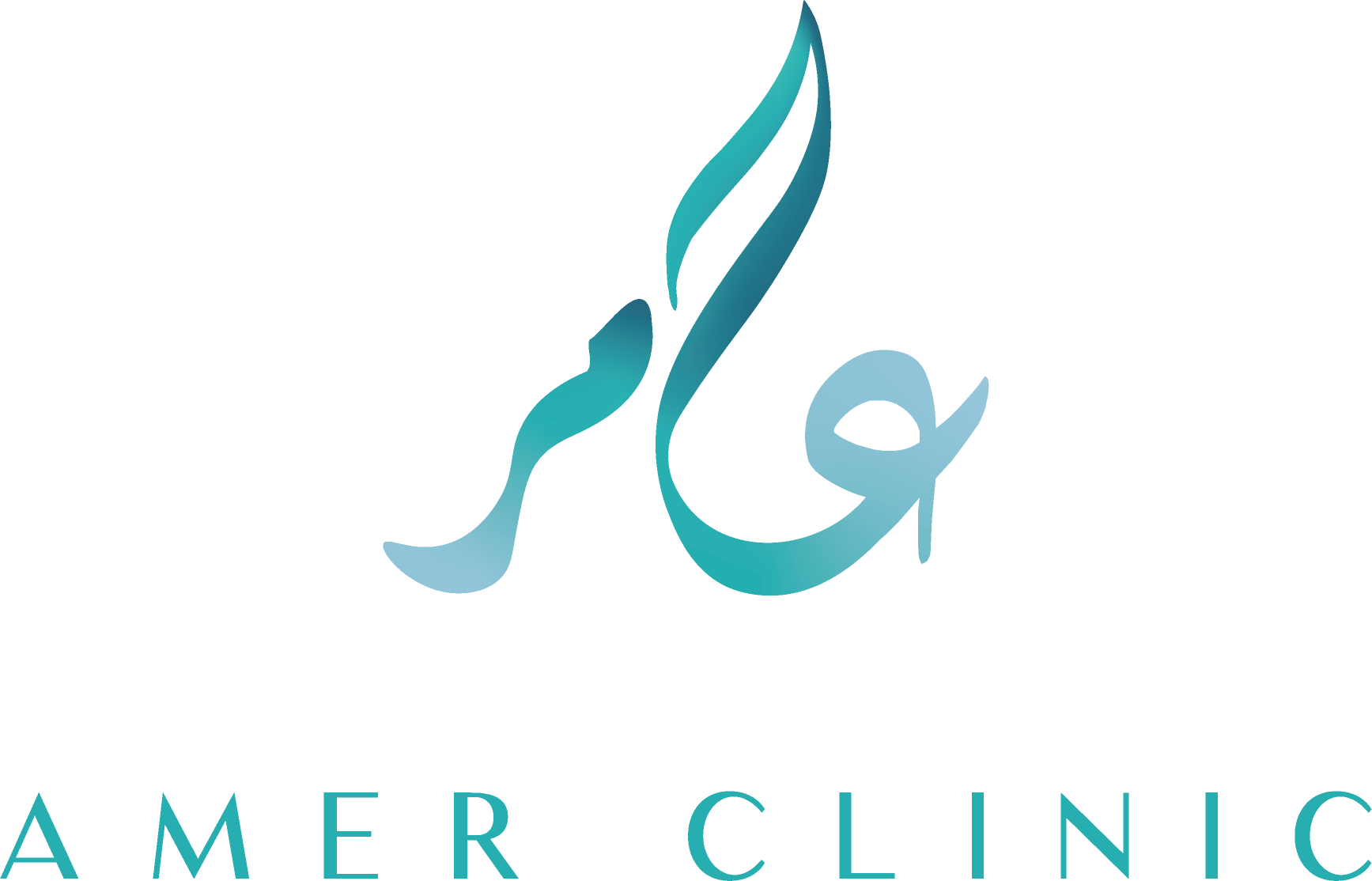Facial Synkinesis: Understanding Involuntary Facial Movements After Paralysis
Facial synkinesis, or the synchronization of facial movements following paralysis, is a complex condition that can arise after facial nerve injury, often as a result of conditions like Bell’s palsy. This condition significantly impacts facial symmetry and emotional expression, affecting the daily quality of life for those affected.
What is Facial Synkinesis?
After damage to the facial nerve, facial muscles may lose their ability to function properly, leading to weakness or paralysis. As the recovery process begins, individuals may experience facial synkinesis, where involuntary contractions occur in different facial muscles when attempting to move other muscles. For example, a person might involuntarily close their eye when trying to smile, or experience other unwanted muscle spasms.
Symptoms of Facial Synkinesis:
The symptoms of facial synkinesis vary widely from person to person but often include:
- Muscle spasms: Such as eye closure when smiling or sneering.
- Facial asymmetry: Where the face appears uneven, and one side moves differently from the other.
- Weakened facial expressions: Impairing the ability to convey clear emotions, affecting daily activities like speaking and eating.
- Discomfort or pain: Some individuals may experience discomfort due to the unusual muscle contractions.
- Dryness or tearing of the eye: Resulting from impaired eyelid function.
Causes:
Facial synkinesis primarily arises after an injury to the facial nerve. The damage leads to poor communication in the neural pathways that supply the facial muscles. Instead of isolated and controlled movements, the brain may send incorrect signals that stimulate muscle groups that should not be working together simultaneously.
Diagnosis:
Diagnosing facial synkinesis typically involves a comprehensive physical examination and a thorough review of the patient’s medical history. In some cases, additional tests such as electromyography (EMG) may be used to assess muscle response and the extent of their involvement.
Treatment Options:
Treatment options aim to improve facial function and alleviate symptoms, and include:
- Surgical Solutions: In severe cases that significantly impact daily life, surgical interventions may be necessary. These surgeries aim to restore proper nerve function and control over facial muscles. Surgical procedures may include selective neurolysis or selective myectomies.
- Botox Injections: Botox is considered a leading treatment for facial synkinesis. It works by relaxing the overactive muscles that cause unwanted movements. When injected into specific facial muscles, Botox can help achieve better control over facial expressions, leading to a more balanced appearance. Many patients observe significant improvement in facial symmetry and function after treatment, making it a popular option.
